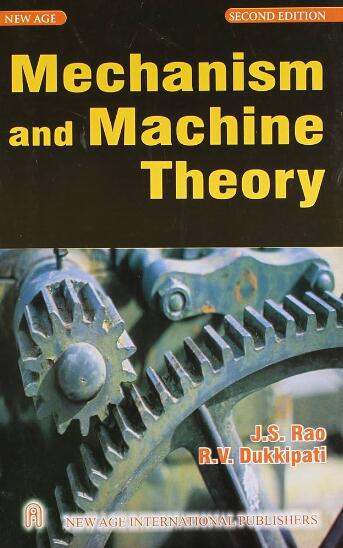Dynamic modeling and performance analysis of a new friction stir welding parallel robot
IF 4.5
1区 工程技术
Q1 ENGINEERING, MECHANICAL
引用次数: 0
Abstract
This paper proposes a hybrid parallel robot for friction stir welding(FSW), and carries out a systematic kinematic analysis and reachable workspace analysis of this parallel robot. A gap-containing ball-hinge model is introduced to establish the dynamics of the FSW parallel robot by combining the different welding stages of FSW, solving the driving force of each strut chain under a typical trajectory and inversely solving the motion trajectory by forward dynamics. Joint Reflected Inertia (JRI) and Coefficient of Variation of Joint Space Inertia (CVI) are introduced to analyze the dynamics performance of the FSW parallel robot. The results show that when the FSW parallel robot is under a large expansion and contraction amount and a large turning angle, which leads to the deterioration of the inertia and acceleration performance between the robot's struts, resulting in the precision being affected, the FSW should be kept operating under smaller values of the JRI and the CVI, to ensure the efficient and precise execution of the complex tasks.
新型搅拌摩擦焊接并联机器人动力学建模及性能分析
提出了一种搅拌摩擦焊接混合并联机器人,并对该并联机器人进行了系统的运动学分析和可达工作空间分析。结合FSW的不同焊接阶段,采用含间隙球铰模型建立FSW并联机器人的动力学模型,求解典型轨迹下各支杆链的驱动力,并通过正动力学反求解运动轨迹。引入关节反射惯性(JRI)和关节空间惯性变化系数(CVI)对FSW并联机器人的动力学性能进行了分析。结果表明:当FSW并联机器人在较大的伸缩量和大的转角下,会导致机器人各支杆之间的惯性和加速度性能恶化,从而影响机器人的精度时,应保持FSW在较小的JRI和CVI值下工作,以保证复杂任务的高效、精确执行。
本文章由计算机程序翻译,如有差异,请以英文原文为准。
求助全文
约1分钟内获得全文
求助全文
来源期刊

Mechanism and Machine Theory
工程技术-工程:机械
CiteScore
9.90
自引率
23.10%
发文量
450
审稿时长
20 days
期刊介绍:
Mechanism and Machine Theory provides a medium of communication between engineers and scientists engaged in research and development within the fields of knowledge embraced by IFToMM, the International Federation for the Promotion of Mechanism and Machine Science, therefore affiliated with IFToMM as its official research journal.
The main topics are:
Design Theory and Methodology;
Haptics and Human-Machine-Interfaces;
Robotics, Mechatronics and Micro-Machines;
Mechanisms, Mechanical Transmissions and Machines;
Kinematics, Dynamics, and Control of Mechanical Systems;
Applications to Bioengineering and Molecular Chemistry
 求助内容:
求助内容: 应助结果提醒方式:
应助结果提醒方式:


